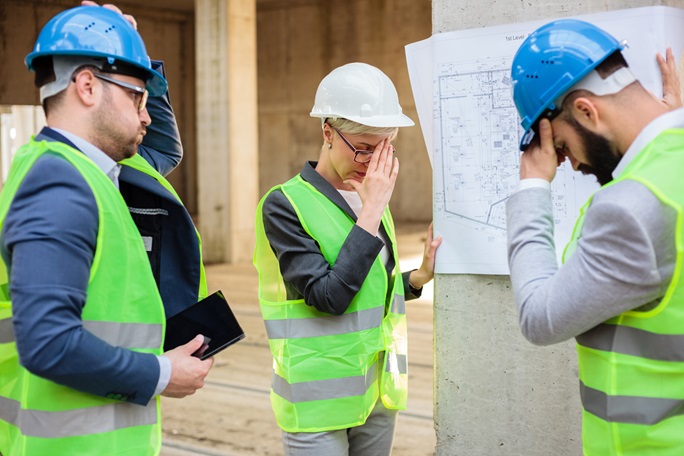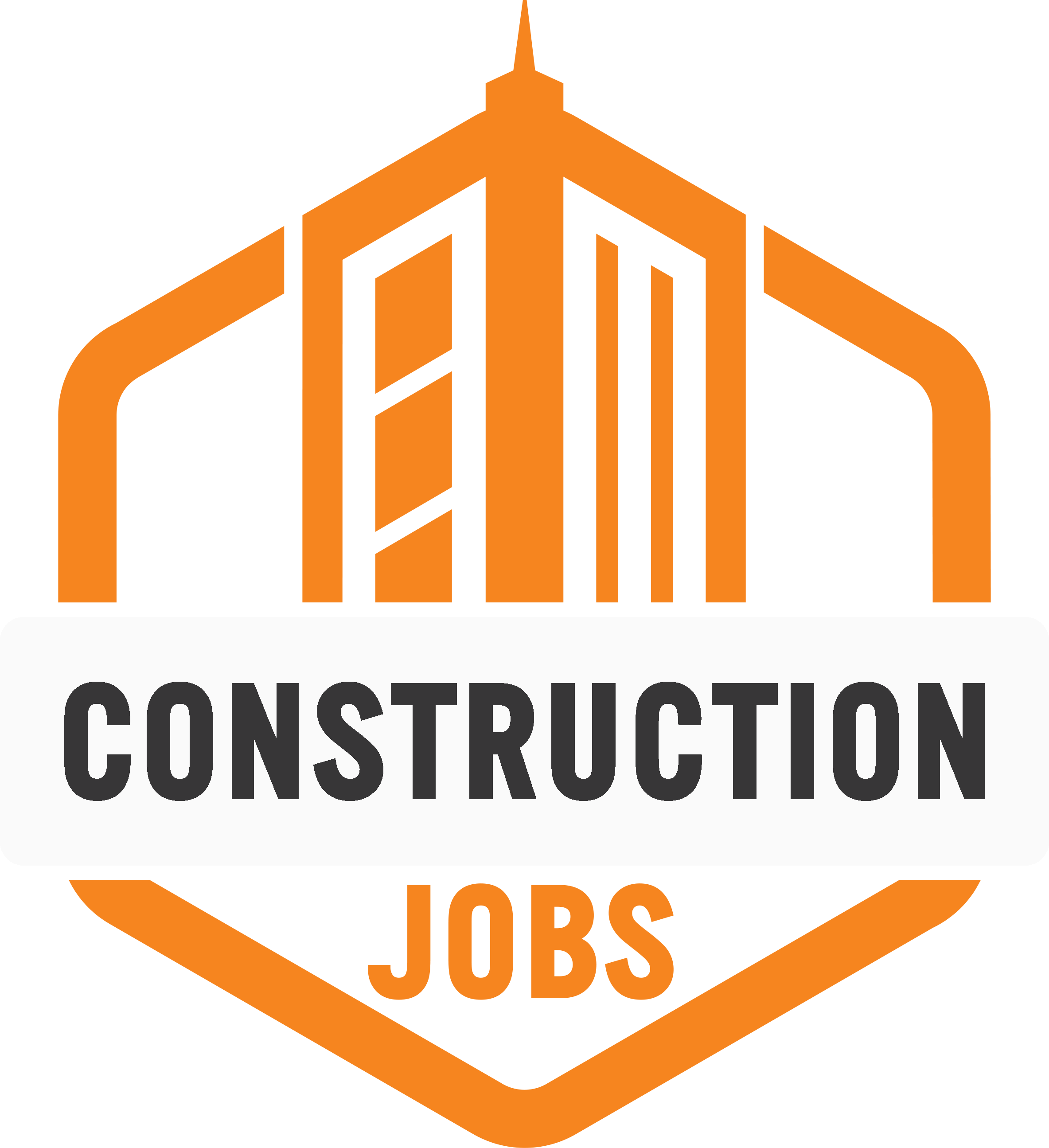The Top 6 Inefficiencies in Construction – And What to Do About Them
Addressing construction inefficiencies: plan better, prioritize safety, leverage data, explore modular construction.

The construction industry is one of the largest in the country, employing more than 7.2 million workers in 2018, according to the Bureau of Labor Statistics. While almost constantly busy, it can also be one of the most inefficient industries in the world, with everything from time to building materials wasted.
What are the most common inefficiencies in the construction industry, and what can companies do to prevent or at least mitigate them?
Time Management and Productivity
Waste and inefficiency don’t just come in the form of things that end up in the landfill after a project ends. They can also come in the form of wasted time and a lack of productivity on the job site. We spend a significant amount of time waiting in the workplace — waiting for supply deliveries, waiting for other employees to do their job so we can do ours, and waiting for the boss to unlock the door in the morning.
Delays and downtime in every industry are expensive, and construction is no exception. Preventing this wasted time is the best way to improve this inefficiency, but that’s not always easy to do.
Start by creating a look-ahead schedule that gives you a good idea of what the week will look like. Get together with your team every morning and plan how your shift will go so things won’t sneak up on you. At the end of the day, stage your site for the following morning so everything is ready for the team to jump right in as soon as the doors get unlocked the next morning.
Supply Chain and Building Materials
It’s hard to construct a home or business storefront without lumber, concrete, and the other supplies you need to put it together. If your supply chain falls apart, it’s impossible to meet deadlines or complete projects. The global pandemic in 2020 made it even more difficult to ensure secure supply chains, leaving many people scrambling to get what they needed.
Preventing these inefficiencies can be difficult and complex, but there are some simple steps you can take to make your supply chain more efficient.
Start by creating an emergency plan that details what you can do if something goes wrong. It’s important to be prepared for any contingency — or at least as many as you can think of. If you believe you’re going to face supply chain issues, take the time to build up an inventory and keep it on hand to make up for those lean weeks or months.
Warehousing
Warehouses for construction material storage — and warehousing in general — are often rife with inefficiencies. What starts out as a seemingly efficient plan can quickly devolve, especially if you find yourself sticking to things like alphabetical order or inventory numbers. After your initial warehouse setup, you may find yourself using more than one or two particular items that, because of their name or inventory number, are further away from your operational hub. Traveling the distance of the warehouse to pick up something that you’re using every day doesn’t make a lot of sense, but organizing things by demand can help mitigate the wasted time.
Instead of tackling warehousing like you would any other problem, consider looking at things a little differently.
Computer-aided design, or CAD, can help you design a warehouse that makes the most of your warehouse space. You can also make the most of your time by creating a 3D representation of your warehouse, allowing you to make changes and modify things as needed before you waste time moving inventory around.
Workplace Safety
In spite of advances in job site safety, the construction industry remains one of the most dangerous places to work. Workplace safety is something that should constantly be on everyone’s mind, both to combat inefficiency in the workplace, and to keep employees and team members safe on the job.
The easiest way to combat this particular inefficiency is to change the way you look at your hiring practices and workplace safety protocols.
Start at the beginning with training. A strong foundation of safety training is one of the best tools in your arsenal when it comes to keeping your workplace safe and functional. Create a comprehensive safety plan for each aspect of your job site, and ensure everyone adheres to it.
Data Management
Modern industries, including construction, generate massive amounts of data. Collectively, as a species, we generate upwards of 2.5 quintillion bytes of data every single day, but anywhere from 80-90% of it is unstructured and a mere fraction of it presents any sort of potential for analysis. In 2012, only 0.5% of the data we generated had the potential for analysis. In 2020, that number has only climbed to 37%. Instead of allowing that data to languish in the digital ether, putting it to use can be a valuable tool for combating inefficiency in the industry.
Consider that machine learning and predictive analytics can help you make sense of the massive amount of information your systems generate every single day, sorting through the noise to turn it into something that’s more easily digestible for the average human.
These programs require an initial investment, both in money and in time spent to understand how they work. But once they are established, these machine learning algorithms can provide a substantial ROI, depending on how you use them. For example, using a machine learning program to track maintenance schedules can help you determine when a piece of equipment needs to be taken offline for repairs, often before it even begins exhibiting signs of a problem.
Tracking safety concerns with the same tools can, over time, help you predict when or where accidents might occur, based on where they’ve happened in the past.
Modular and Prefabricated Construction
Modular and prefabricated construction designs are not to be confused with mobile homes. As technology has improved, modular building is proving to be a valuable tool on all sorts of construction sites. Modular construction doesn’t mean plopping a pre-built mobile home down on an empty lot or foundation. It involves building portions of a home’s structure in controlled conditions and then transporting them to the site for final assembly.
Modular construction isn’t just a time saver. It can also help construction sites become more eco-friendly by reducing the amount of time spent on-site, the emissions generated by heavy equipment, and the waste left over once the project is completed.
Looking Toward the Future
The construction industry as a whole can be woefully inefficient, but it doesn’t have to be. These are just a few examples of ways you can turn inefficiency into productivity and missed deadlines into met ones. This isn’t an exhaustive list by any means, but hopefully it will give you a few ideas to get you started, if reducing inefficiencies is one of your goals for 2021.
- Share This →

